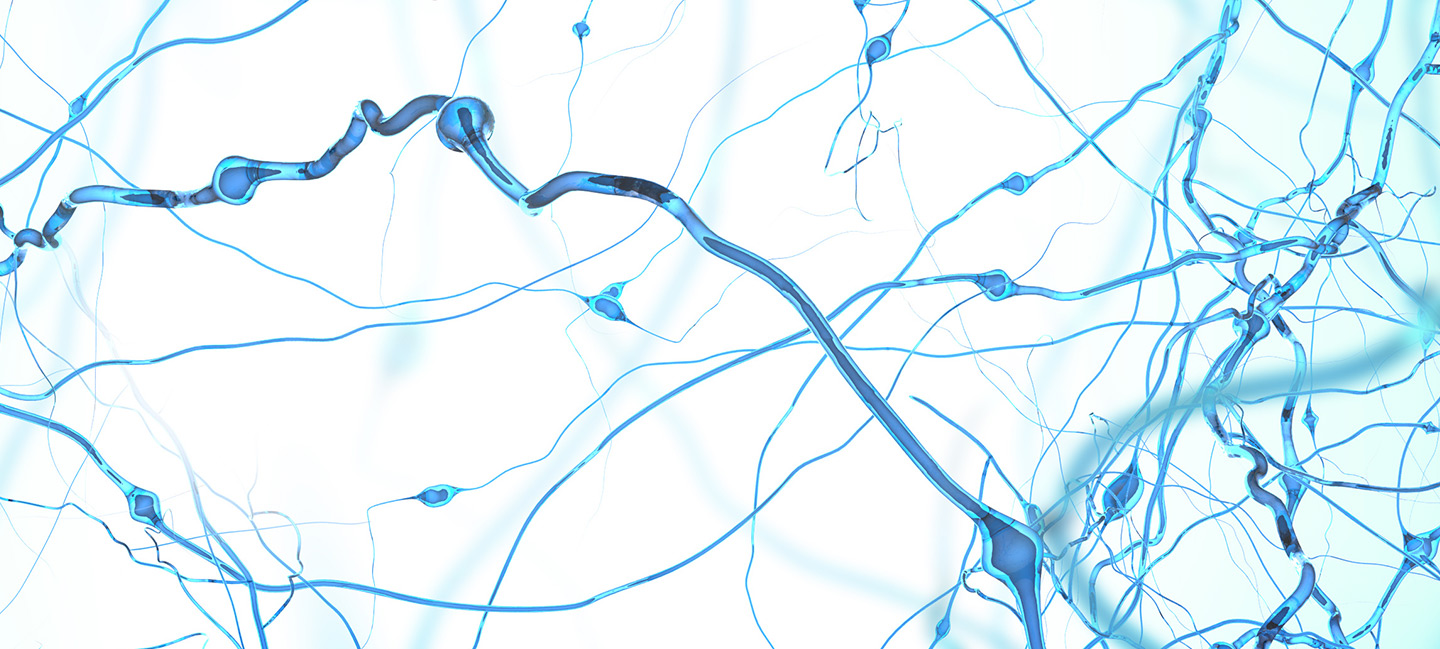Researchers Identify Gene Variations Specifically Associated with Intellectual Disability
Researchers Identify Gene Variations Specifically Associated with Intellectual Disability

Deletions of DNA in a portion of a gene known as NRXN1 may play a role in neurodevelopmental disorders, according to a study published on May 19, 2016 in Genetics in Medicine. In an examination of more than 19,000 patients, researchers found that mutations in the gene are much more likely to be found in people with intellectual disability than their healthy counterparts, offering insight into the genetic basis of disease.
Doctors’ access to genetic data is becoming increasingly common in the clinic, but interpreting the information is often difficult. Researchers have identified hundreds of mutations associated with some of the most common neurological diseases, from intellectual disability to autism spectrum disorder (ASD) to schizophrenia and bipolar disorder. Still, having any of these mutations does not guarantee that a person will exhibit symptoms of any of the associated disorders.
NRXN1 is one such gene. It has previously been implicated in ASD, developmental delays, and intellectual disability. The gene encodes for proteins that act as docking ports on the surface of neurons in the brain, relaying signals between the cells. This form of communication is the basis of all neural function, allowing us to move, think, and learn. Despite its association with many neurodevelopmental disorders, the link between mutations in NRXN1 and brain disorders remains unclear.
To tease out the relationship between variations in NRXN1 and disease, scientists investigated how the gene’s DNA sequence varies between healthy individuals and patients with intellectual disability. The research team, led by Anne Bassett, M.D., a 1997 NARSAD Independent Investigator grantee and 2002 NARSAD Distinguished Investigator, studied genetic information from more than 34,000 people, with over 19,000 affected individuals and 15,000 healthy people who served as controls.
The team found that mutations in NRXN1 are significantly more common in patients with intellectual disability than in unaffected people. They identified 44 unique deletions in NRXN1 among the patients, with the majority clustered at the start of the gene’s DNA sequence. The mutations with most impact lie within so-called “coding sequence,” or the region of the gene that contains instructions for making a protein. A region immediately next-door to the start of the NRXN1 gene also appeared to be important.
The work helps to pinpoint a region of the large NRXN1 gene that may be involved in mental disorders, providing a potential tool for future diagnostics. As genetic data becomes more commonly available, studies like this will help researchers interpret the risks associated with specific variations in DNA sequence.
Chelsea Lowther, Ph.D candidate supervised by Dr. Bassett, is the lead author on the article, and Christian R. Marshall, Ph.D., a 2007 NARSAD Young Investigator, also participated in the research.



